|
by Jessy Ma, NSF Research Experience for Undergraduates intern, Brown University During my time here at CMU, my main focus was to conduct website usability tests and take what I learned from them to design a mobile companion app. At the same time, however, I got abundant exposure to the research process and the intricacies involved in conducting successful research. Things I did outside of designing the app included:
by Jessy Ma, NSF Research Experience for Undergraduates intern, Brown University One of my main projects this summer was to design and develop a mobile companion app for macroinvertebrates.org. Initially, I had to decide whether to make a reference app that would essentially give information like the website does or make a game that would allow people to practice identification. I got feedback from my mentors, and at this point I had also started conducting usability tests for the alpha version of the website, so I got a feel for what users would use the site for and what was most important to them. I decided to do a reference app that would be a simplified offline version of the site, since this would be most helpful to people doing identification out in the streams, where Wi-Fi and cellular service can be unreliable. In order to scale the site down into a mobile app that can be used offline, I had to figure out which features on the site were most important to include and how to include them without compromising user experience. I iterated my design a few times based on feedback from my mentors and from website usability tests, and once I was happy enough with the design, I conducted usability tests with the Young Naturalists at Pittsburgh Parks Conservancy. Here is an example of how one screen (the full specimen view) changed throughout the process: The changes I made after the Young Naturalists' feedback are the final iteration displayed on my poster, which I presented at a poster session with all the other HCII summer REUs. After I had already submitted my poster, I had a meeting with the designers of the website and made further changes to the prototype, which can be found here: https://marvelapp.com/db804b9/.
Because it has yet to undergo usability testing, the current design is not final. Next steps would be to do more usability tests on the prototype, make any necessary changes again, and finally develop the app. I had started development using React Native, a framework created by Facebook for building apps using JavaScript and React. However, the design has changed drastically, my time on this project is ending, and I am a beginner to app development, so the best way for this app to be built successfully is if someone with app development experience takes over. Once we find that person, they will pick up where I left off and hopefully turn my design into reality. by Jessy Ma, NSF Research Experience for Undergraduates intern, Brown University I conducted 8 usability tests for the alpha version of macroinvertebrates.org. Participants consisted primarily of people who had previously expressed in a survey that they were interested in usability testing for the website, so most of them were relatively advanced in macroinvertebrate identification. My interviews were conducted in four main parts: opening background questions, unguided exploration of the site, site tutorial, and closing questions. Overall, participants gave positive feedback. Some of them had used the older version of the site, and others were seeing macroinvertebrates.org for the first time. Most thought the site was easy to use and especially liked how interactive and high-quality the photos were.
Many suggestions for improvements to the site were made, shown below. The most commonly suggested changes were adding tooltips (hover boxes) to the set of view control buttons in the upper right, making the blue plus sign more intuitive, making the expanded character list more noticeable, and making the flip arrow button more intuitive. Many of these usability issues could be solved by having a site tutorial video or popup tutorial boxes to guide users through the site when they visit for the first time. Certain features of the site that often went unnoticed or were hard to find, such as the blue plus sign, expanded character list, and flip arrow button, would benefit from redesign. Changes were constantly being made to the website, so some features had already changed by the time I conducted my last usability test. For example, the expanded character list was moved to the Diagnostic Characters tab, and glossary hyperlinks were added to the overviews and expanded character lists. Some people requested that certain information be added to the site. Multiple people wanted a ruler/scale to show size reference, more information about life span and different life stages, and location/distribution maps. People also pointed out that the site’s information is so thorough that it may be overwhelming for beginners. Overall, however, people were very happy with the site, said it would be useful to them in their work, and were excited to share it. by Jessica Roberts, postdoctoral research fellow, CMU After several months of development and redesign in response to feedback from user testing on the demonstration version of the site, we have begun testing the alpha version of the expanded macroinvertebrates.org. On July 21 we traveled to Maryland where our partners at the Maryland Department of Natural Resources hosted an introduction to benthic macroinvertebrates training. Participants gathered at the science lab of a local community college to learn about and practice identifying some of the most common orders in the area. Trainers Dan and Sara introduced participants to the website as they practiced noticing key diagnostic characters on preserved and live specimens. They also used the site to identify a "mystery specimen" in an unmarked vial. Though it was pouring rain, some intrepid participants went down to the stream to try their hand at sampling and sorting specimens streamside. We were able to observe participants using macro.org individually and in groups as they learned about the common macroinvertebrates in their area. Through thinkaloud interviews, an identification quiz, and focus group feedback we were able to take away key insights for how we can continue improving the site to work for a variety of users.
|
Project TeamAn interdisciplinary team Categories
All
Archives
June 2023
|


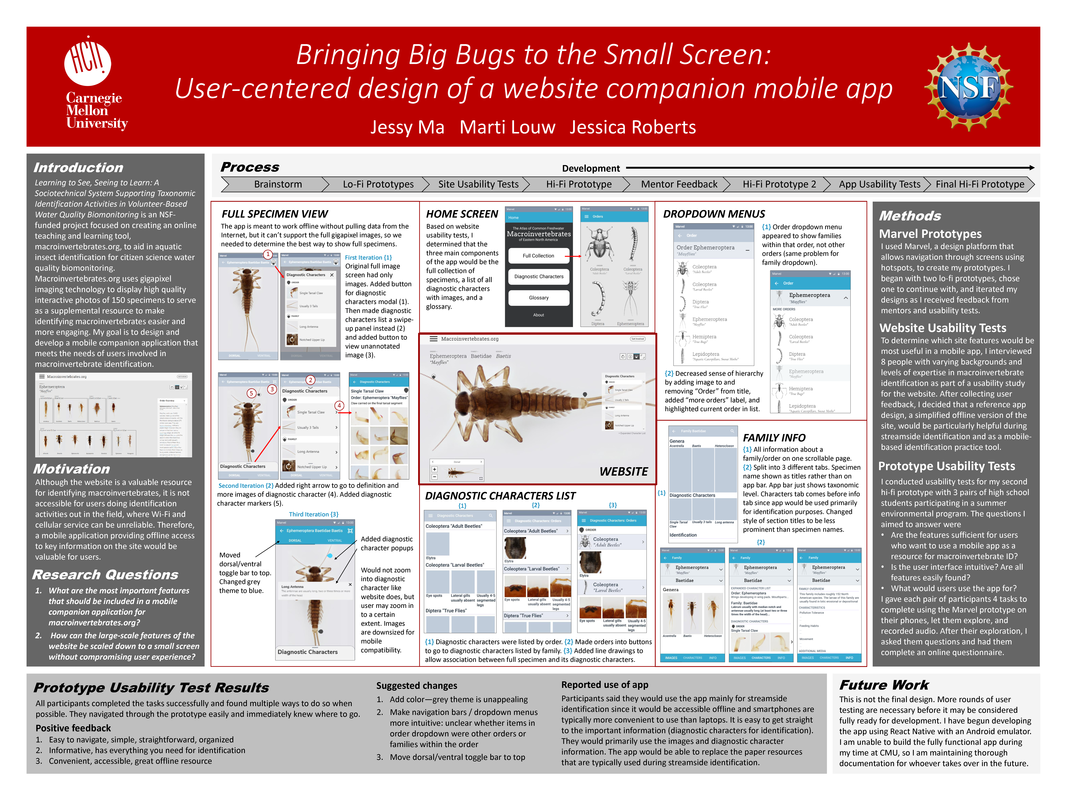
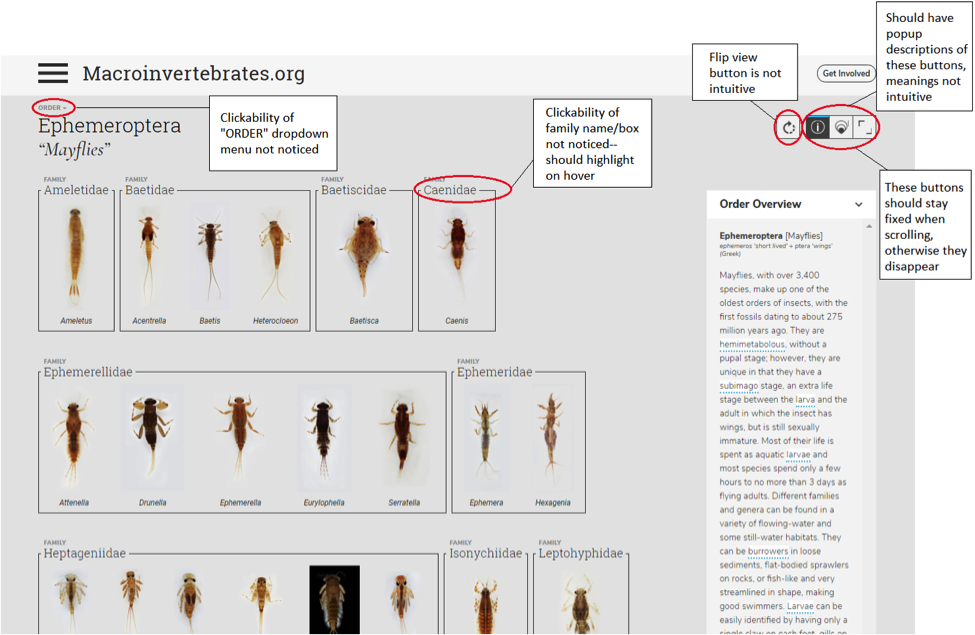
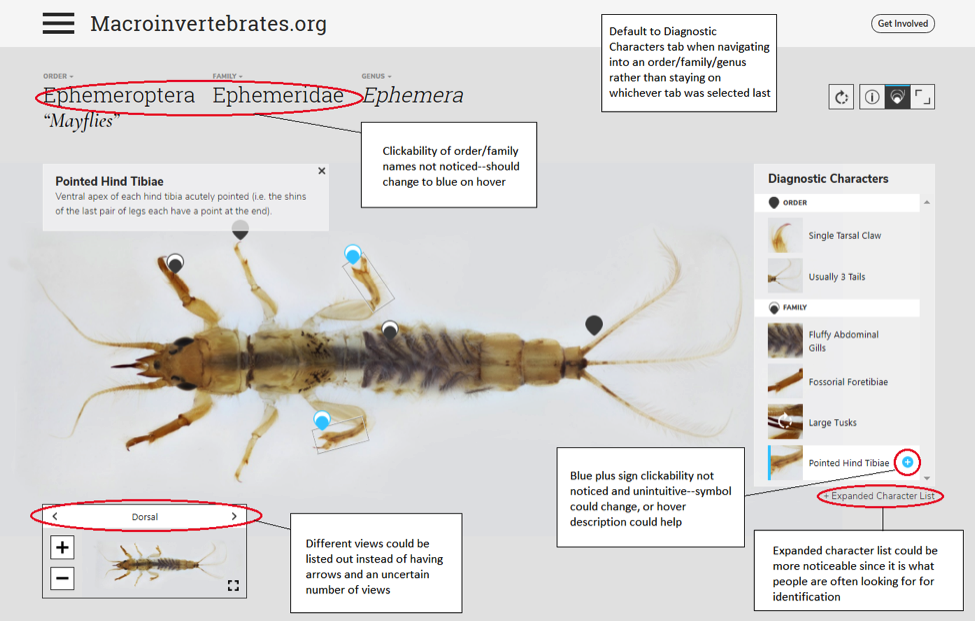
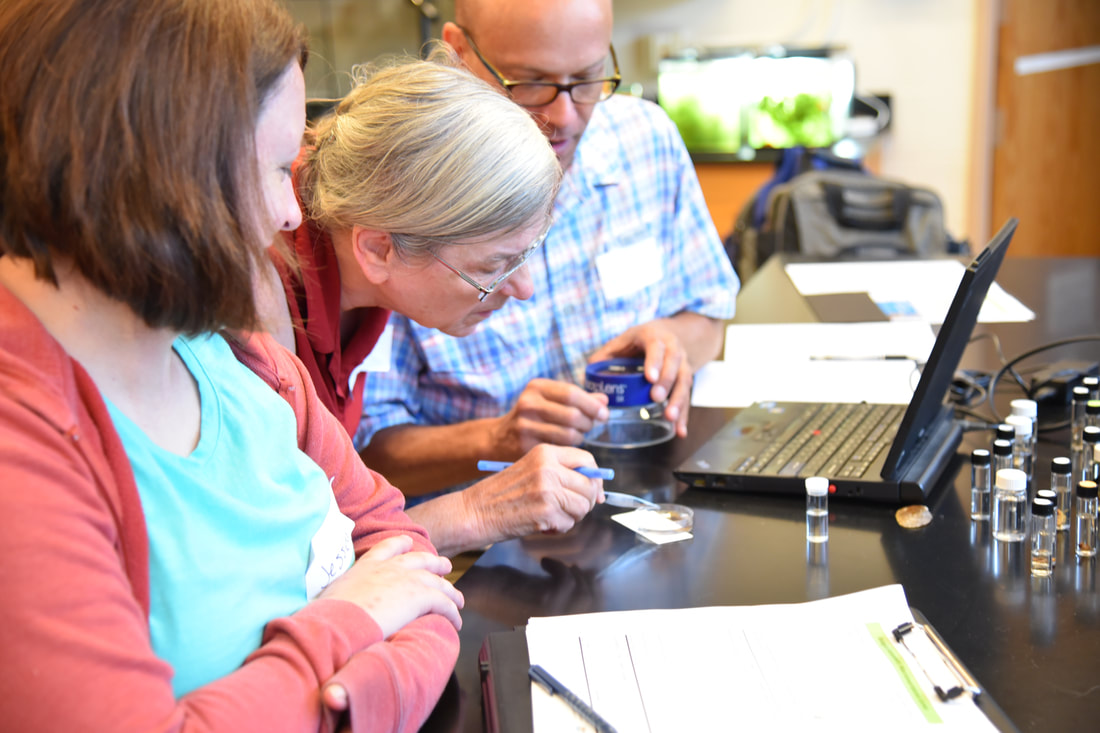
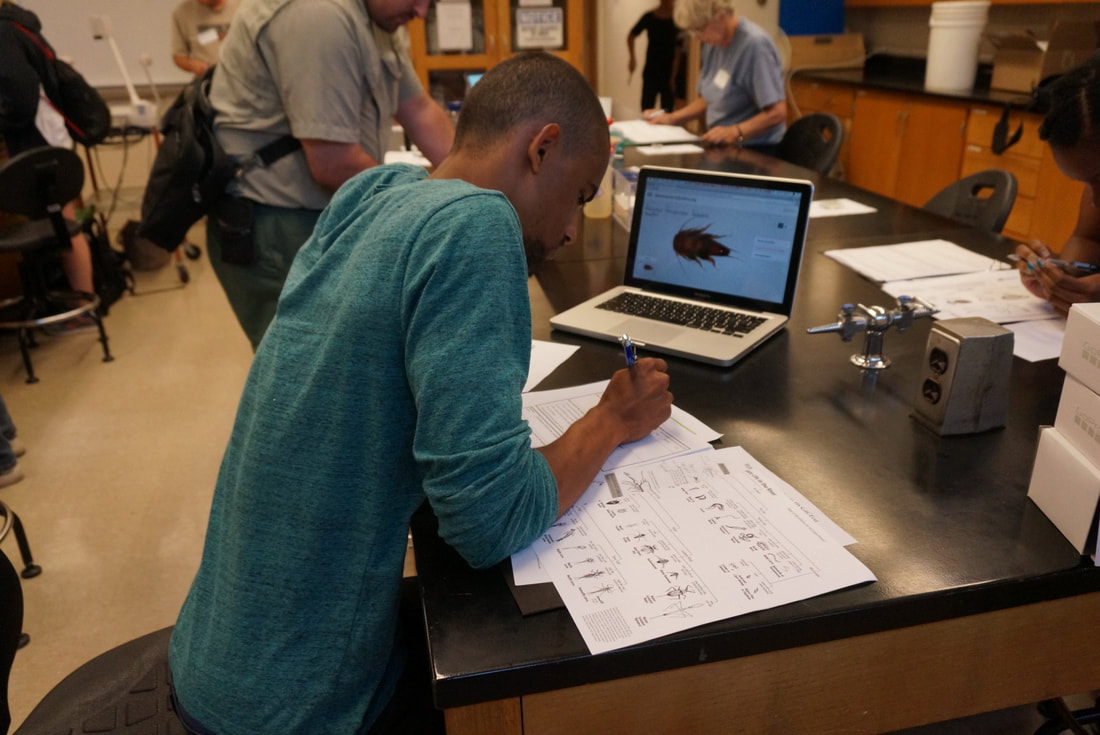
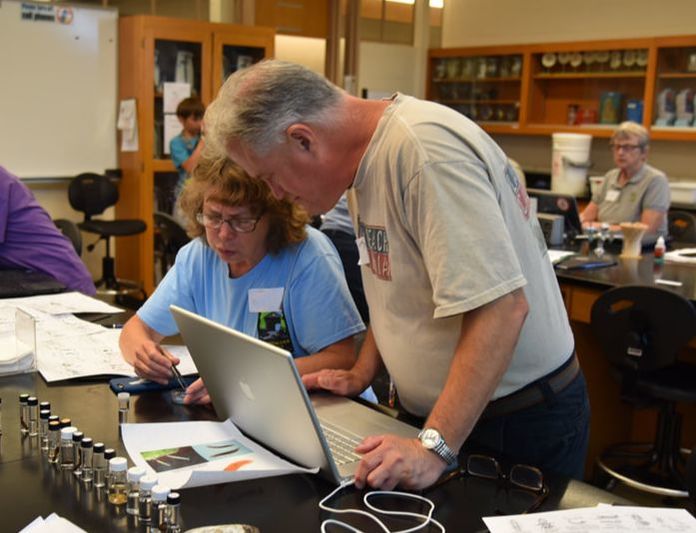
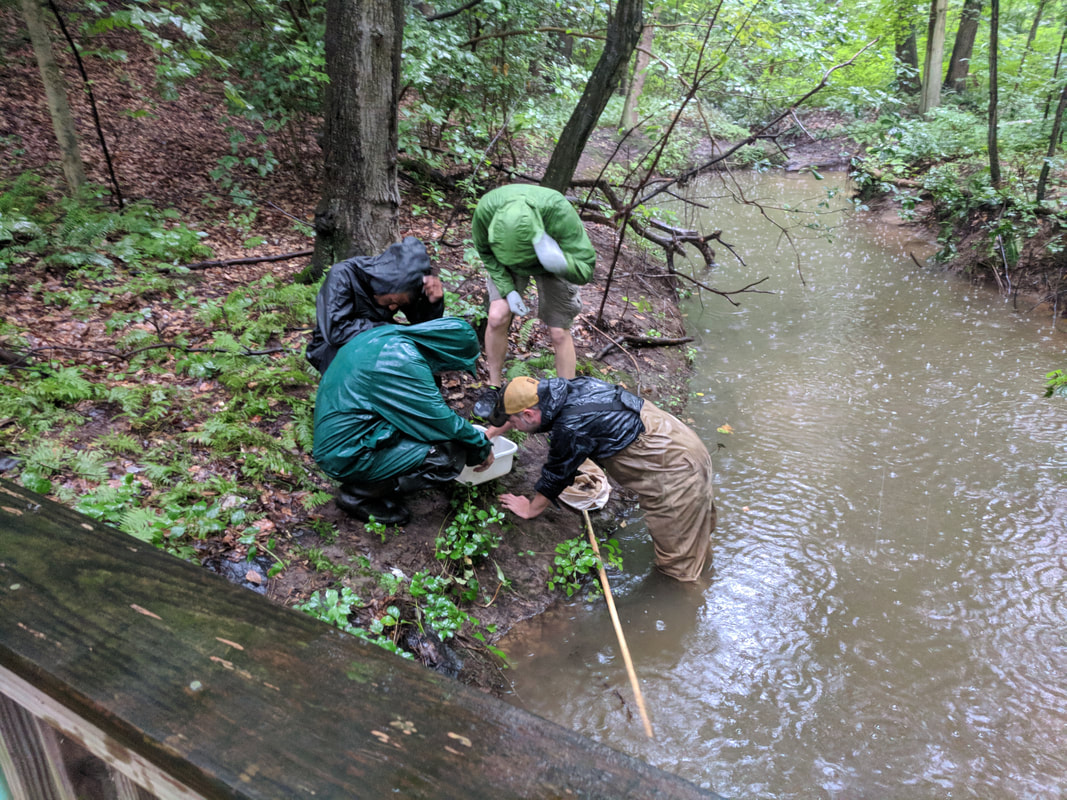
 RSS Feed
RSS Feed
